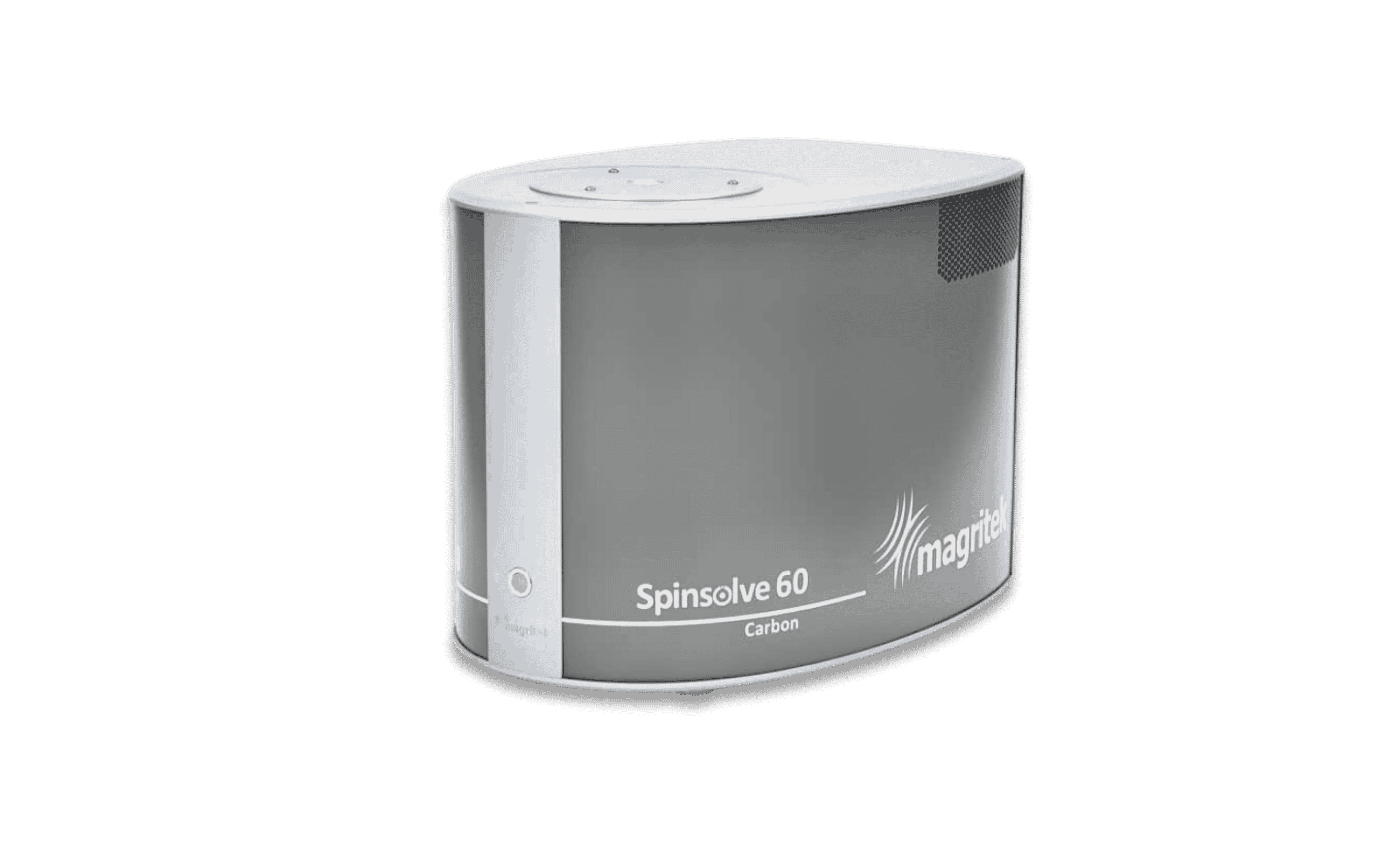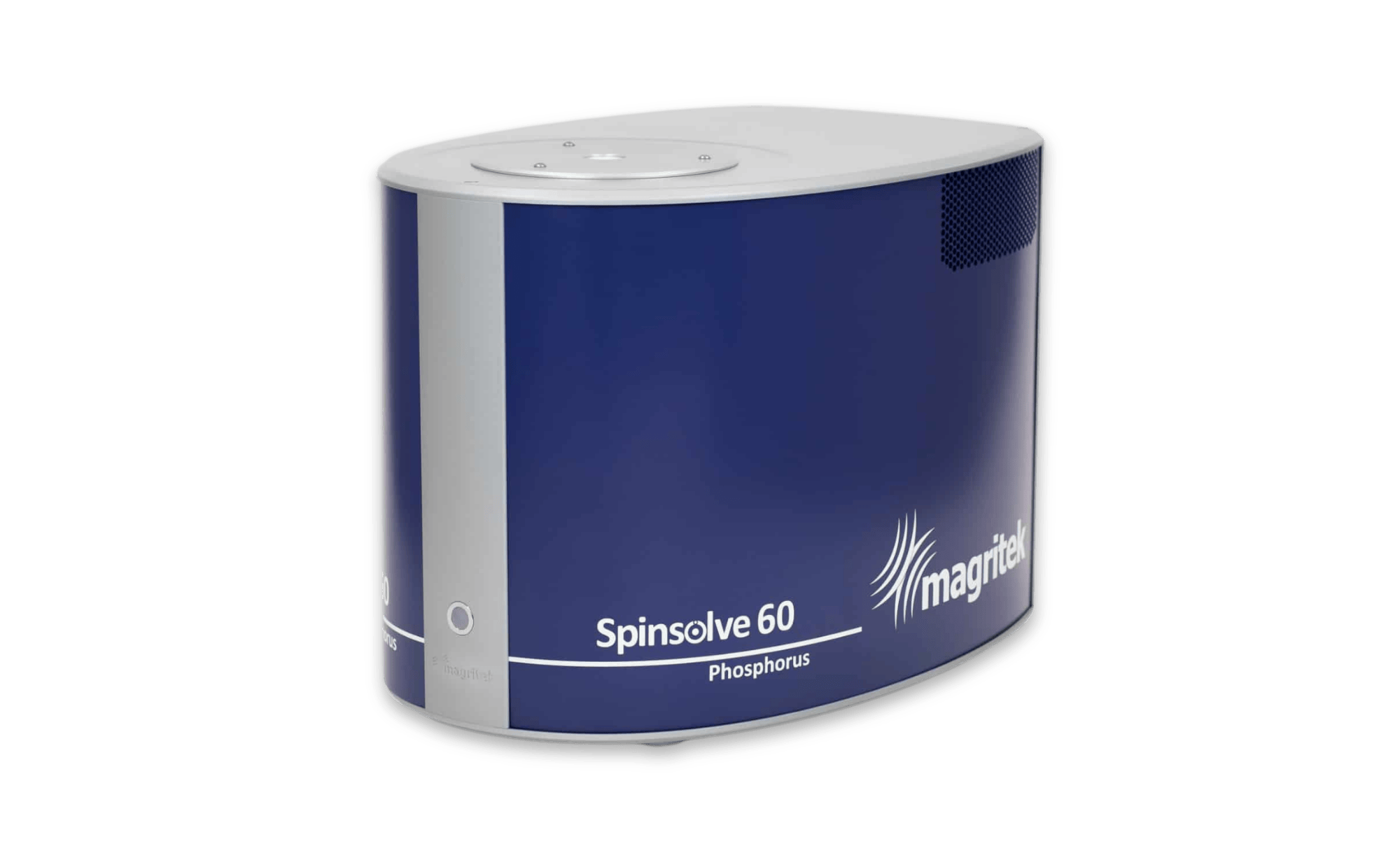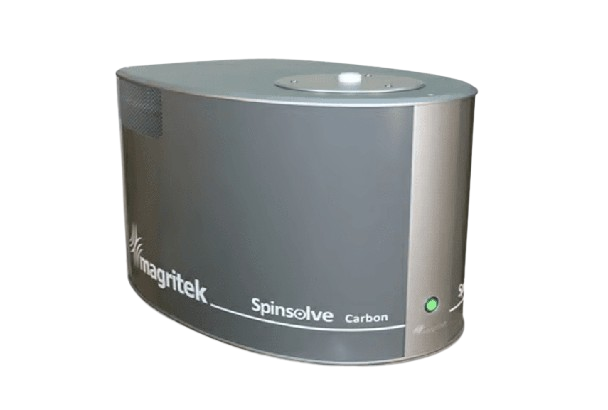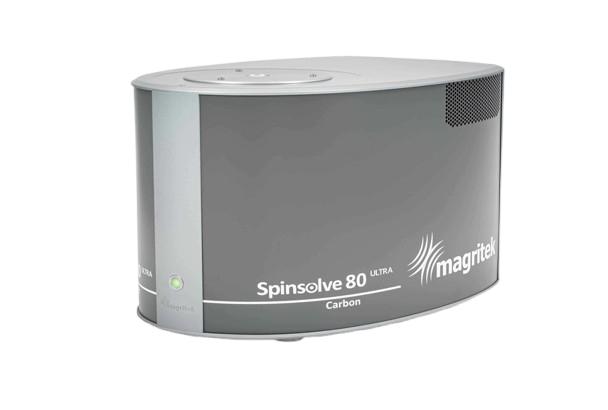Benchtop NMR

Know more about
Benchtop NMR
Benchtop NMR Spectrometers provide detailed molecular structure analysis with unmatched accuracy. Essential for research, they support chemical, pharmaceutical, and materials development with advanced technology and reliability.



